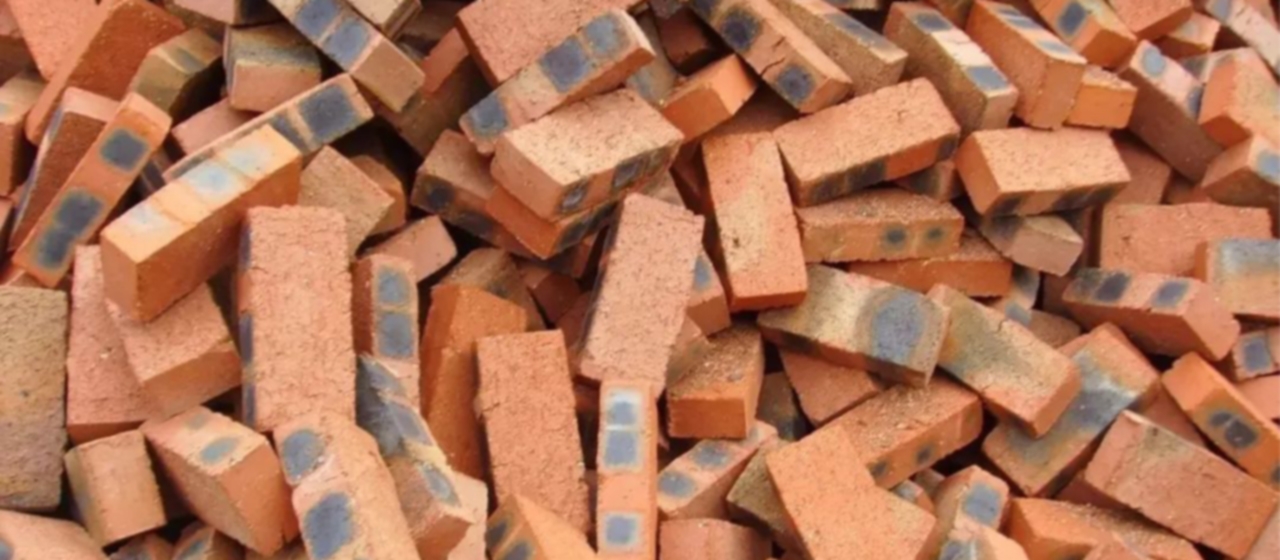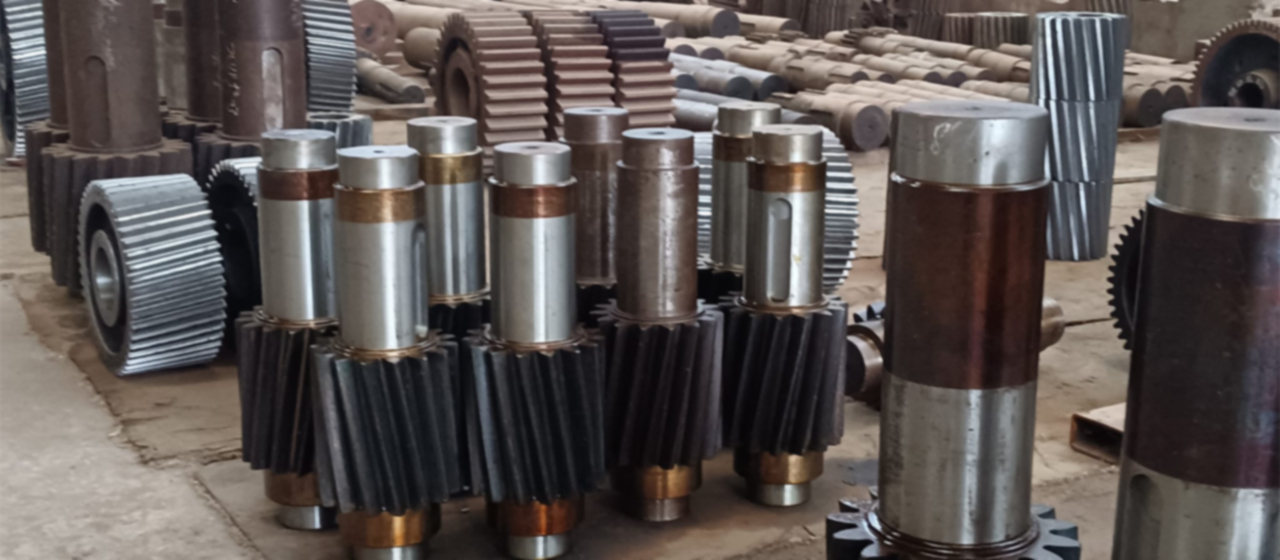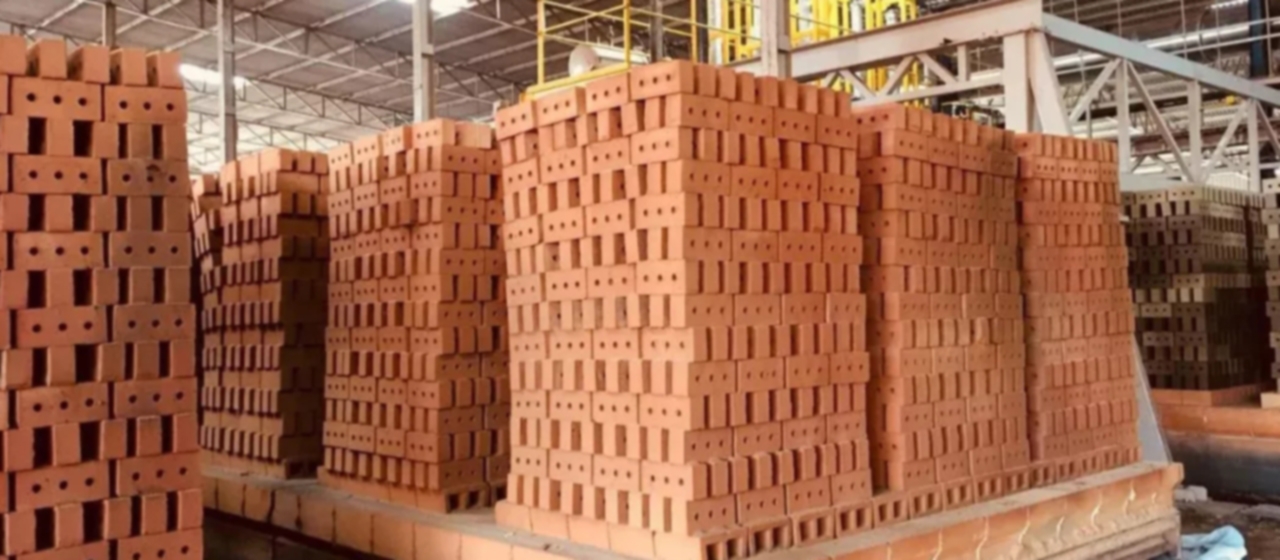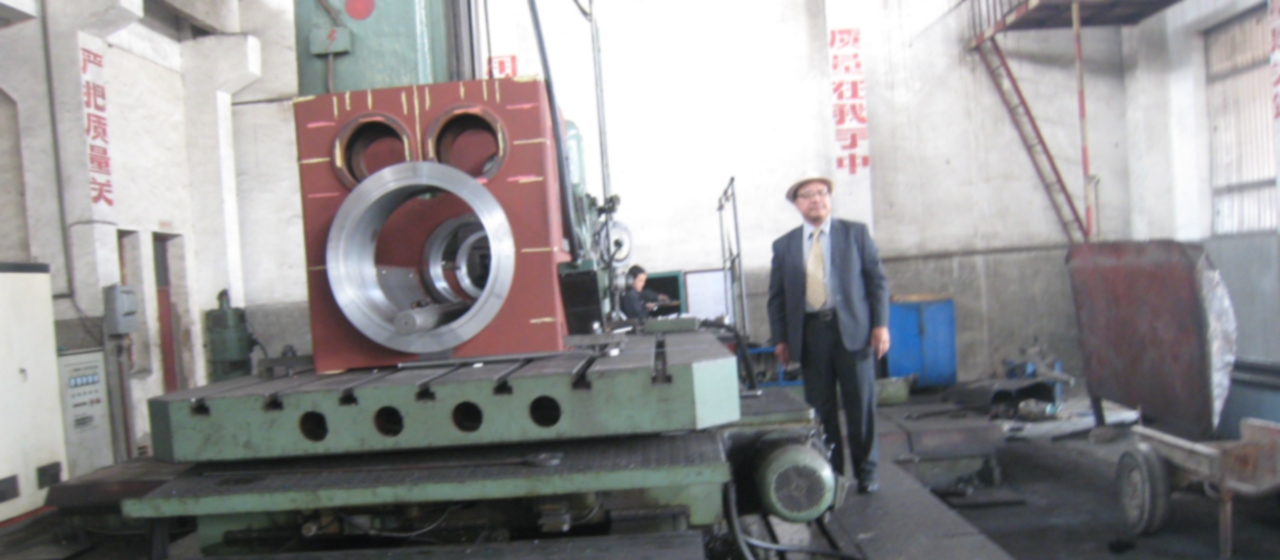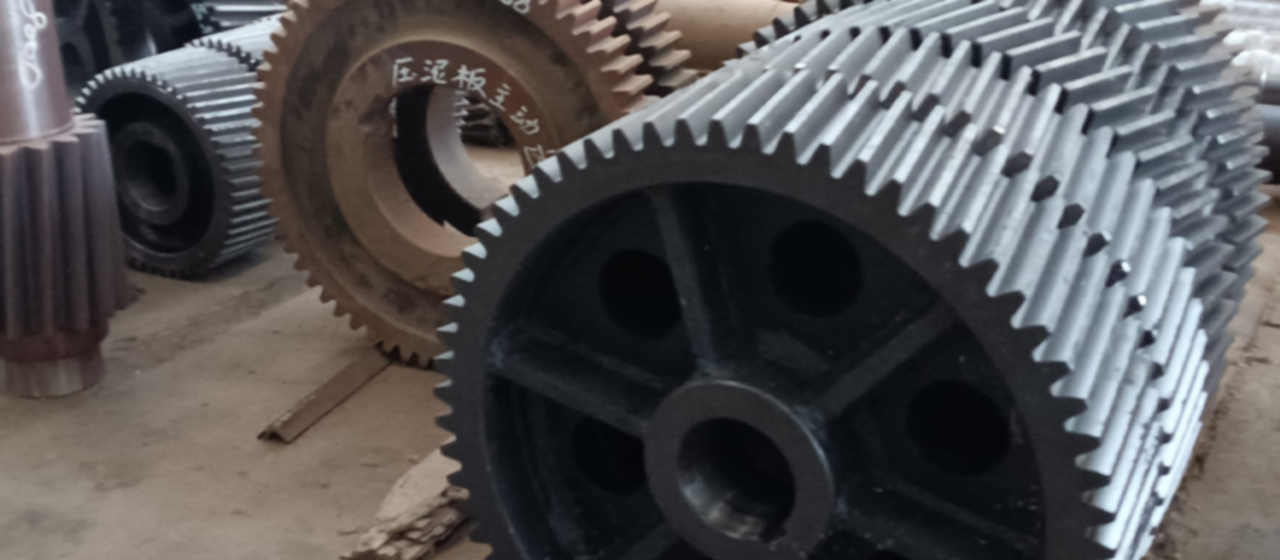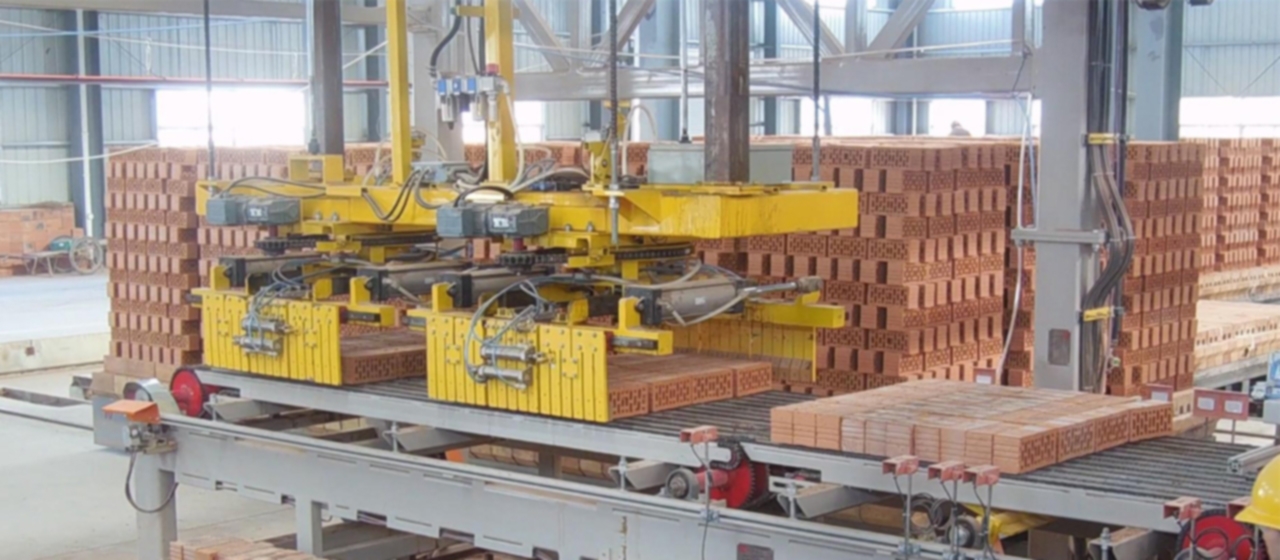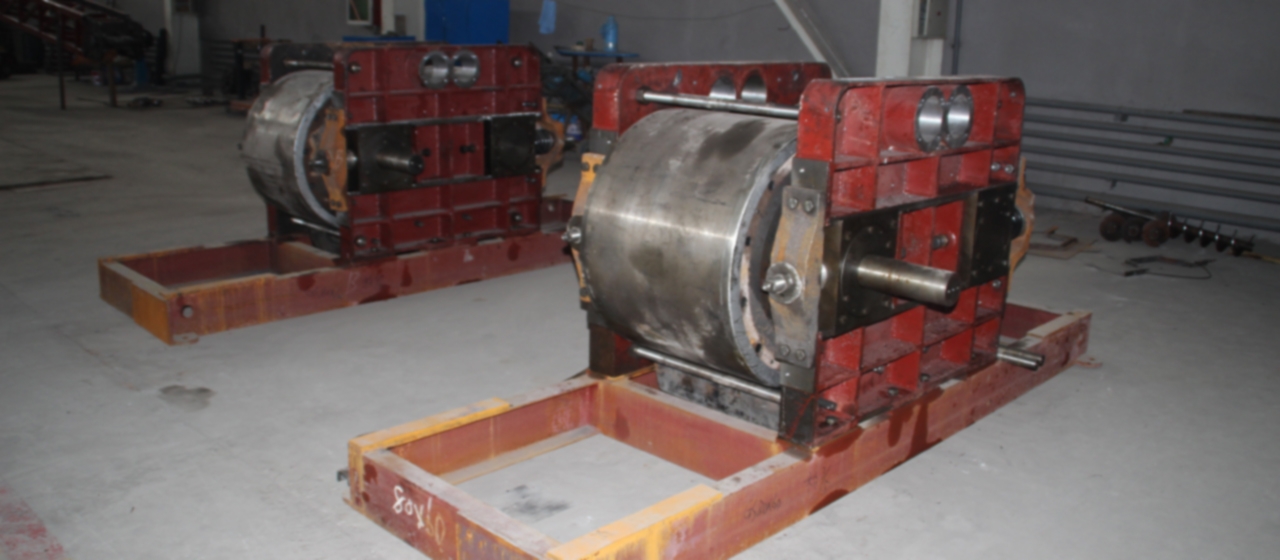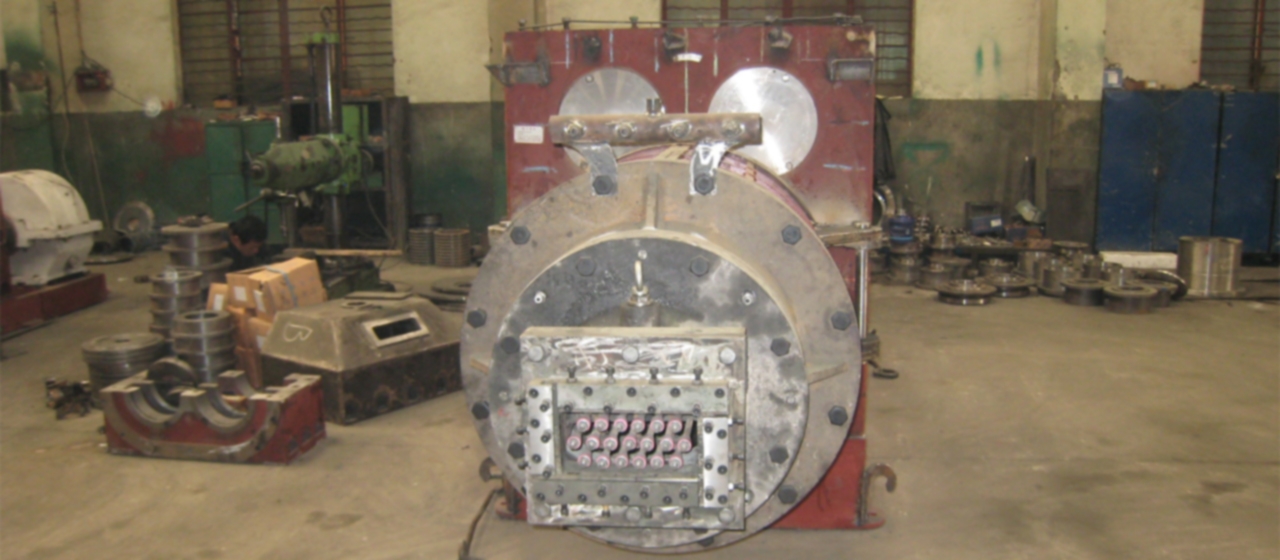A comparative analysis of compression bearing capacity in recycled concrete brick walls and composite walls incorporating coal-ash blocks
In the face of the problem of waste disposal in the demolition of concrete structures, a composite wall composed of recycled concrete bricks and fly ash blocks was proposed, and based on the previous thermal performance research, its axial compression performance were further studied. Four types of walls were designed and constructed: (1) clay brick masonry (CBM), (2) recycled concrete brick masonry (RBM), (3) bilateral clay bricks masonry with coal-ash blocks sandwich insulation wall (CFCM), and (4) bilateral recycled concrete bricks masonry with coal-ash blocks sandwich insulation wall (RFRM). The test results showed that recycled concrete brick masonry exhibited a higher bearing capacity than clay brick masonry. The ultimate load of RBM was 15% higher than that of CBM. Moreover, the ultimate load of CFCM was 21% higher than that of CBM. Following the addition of sandwich coal-ash blocks in RBM, its ultimate load increased by over 42% than that of CBM. Following the addition of coal-ash blocks sandwich in both clay and recycled concrete bricks masonry, both the bearing capacity and strain exhibited improvement, the yielding load and compressive strength of them increased. Thus, it could be concluded that coal-ash blocks improved its bearing capacity. Based on the analysis of the axial compression tests, a theoretical computational model was developed and a computational expression to explain the compressive bearing capacity of a two-sided brick with coal-ash blocks sandwich insulation wall. Comparisons between the test ultimate loads (FT) and the estimated ultimate loads (FE) confirmed the accuracy of the theoretical calculation model for the compressive bearing capacity. Thus, theoretical computational models are highly recommended for the design of two-sided bricks with insulating walls constructed from coal-ash blocks being sandwiched together. This study provides a theoretical basis for the engineering application of recycled concrete brick wall and fly ash block composite wall.
Similar content being viewed by others
Introduction
With the continued significant improvements in the living conditions of people, urbanisation and new rural construction have also been gradually expanding in China1. Moreover, research on the new building materials and structural forms has been on the rise2,3. Khatib et al.4 studied the performance of reinforced concrete beams containing waste plastic straw fiber under three-point bending test. Some scholars have discussed the re-application of municipal solid waste incineration bottom ash in reinforced concrete beams5. Some scholars have studied the method of using waste glass sand to partially replace fine aggregate to produce low-cost, high-strength concrete6. The production of traditional wall materials has been proven to consume significant amounts of energy and contaminate the environment7. This has motivated the development of new types of wall materials using recycled materials or new forms of structures8,9. The considerable amounts of construction and demolition waste produced during urbanisation and new rural construction has resulted in a significant pressure on the environment10,11. Clay bricks, which are regarded as environmentally unfriendly building materials, have been regulated in terms of production according to the state plan in China since 200512. Recycled concrete bricks, which are primarily manufactured by adopting coarse aggregates from construction waste, as well as fine aggregates and cement, which can replace clay bricks, are being promoted. This strategy can significantly reduce the amount of waste at landfills13,14. It has been shown that recycled concrete bricks can be used in low-rise buildings in rural areas of China15,16. Moreover, coal-ash blocks can also be conveniently used for construction, as they facilitate efficient use and offer the advantage of high performance under low bulk density and insulation conditions17. Consequently, as a low-cost filling material, coal-ash blocks have been widely employed in filler walls of multi-story masonry and reinforced concrete structures18. In China, coal-fired power generation produces a lot of fly ash, which not only pollutes the environment, but also takes up land when piled up. The fly ash block made of waste fly ash has the advantages of light weight, good heat preservation and so on. It is an ideal wall material19,20,21,22.
It is the fundamental measure to reduce the energy consumption of residential buildings to improve the energy efficiency of heating and air-conditioning by improving the thermal performance of the building envelope. The reuse of recyclable materials is also an important means to achieve the goal of energy conservation. In rural areas of China, seismic research and energy conservation research of buildings were mostly carried out separately in the past, and many houses were renovated for energy conservation after completion, resulting in waste of resources and poor integrity. With the rapid development of rural construction, it is urgent to develop new low-cost, eco-friendly and energy-saving earthquake-resistant integrated residential structure23,24.
To solve these problems, the author proposes Bilateral bricks with the structural form of sandwich insulation constructed using coal-ash blocks. The thermal performance of the new structure was studied and analyzed25. However, the compression performance of bilateral bricks with a sandwich insulation wall constructed using coal-ash blocks requires further validation. Therefore, the axial force performance of the new structure is studied in this paper.
Property tests on axial compressive
Design and construction of specimens
Both the design and construction of specimens were based on the standard methods for basic mechanical testing of masonry (National standard of GB/T 50129-2011)26. Therefore, four types of specimens of the same size were tailored for the tests with width and length of 370 and 720 mm, respectively. The wire mesh layer of concrete steel with a thickness of 30 mm was set both at the top and bottom of each specimen to avoid local compression damage. In general, the thickness and structural forms of the four types were: (1) clay brick masonry (CBM) with a thickness of 240 mm; (2) recycled concrete brick masonry (RBM) with a thickness of 240 mm; (3) coal-ash blocks sandwich with a thickness of 120 mm with each bilateral clay brick (CFCM) measuring 115 mm in thickness; and (4) coal-ash blocks sandwich with a thickness of 120 mm with each bilateral recycled concrete brick (RFRM) measuring 115 mm in thickness (Fig. 1). Further, masonry mortar with a thickness of 10 mm was established for both CFCM and RFRM. In addition, a Z-shape tie bar was set at every 240 mm along the height direction. Moreover, four specimens of each type were constructed on flat ground using masonry mortar, coal ash blocks, and wire mesh layer of concrete steel with designed compressive strengths of 7.5 MPa (M7.5), 2.5 Mpa (MU2.5), and 40 Mpa (C40), respectively. The construction process of the specimens was (Fig. 2) as follows. First, 30 mm thick wire mesh layers of concrete steel were placed and left to set. Subsequently, all the wall specimens were constructed using the same mason and 30 mm thick wire mesh layers of concrete steel were set at the top of each specimen. Finally, the compression tests were conducted after 28 days.

